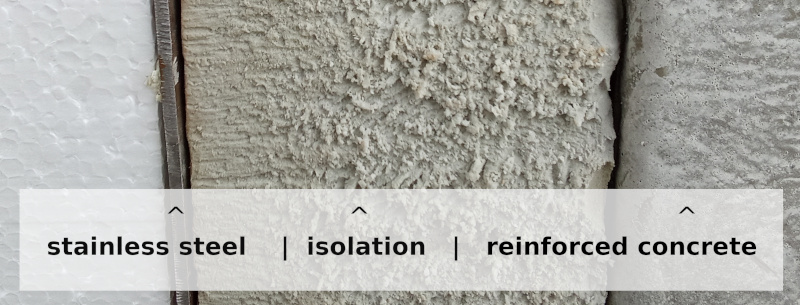Frequently asked questions (FAQ)
General
We understand this initial reaction. The Cloud Unit has been meticulously engineered with security as the foremost priority. While we can't divulge every detail of our security measures, we can certainly provide enough information to offer reassurance that the Cloud Unit is even more secure than most Data Centers and vaults. There are three key aspects to highlight:
- Detection: Our Cloud Unit is equipped with an array of surveillance sensors, including optical (camera), pressure, and vibration sensors. This comprehensive system enables us to detect any unauthorized attempts to approach, touch, or tamper with the unit. Even in the event of a power outage, our emergency battery ensures continuous surveillance.
- Enforcement: We maintain direct communication channels with local law enforcement and security agencies. Upon detection of any potential threat, swift alerts are issued to these authorities, ensuring a rapid response to mitigate any risks.
- Prevention: The wall is constructed from robust stainless steel, thermal isolation and reinforced concrete. Furthermore, the unit is secured with multiple internal locking mechanisms which can only be unlocked remotely, rendering it impervious to unauthorized access. Even attempts to breach the unit using power tools would be significantly thwarted, thanks to these formidable security measures.

In summary, these are just a few of the stringent security measures we have implemented. Depending on your specific requirements, we are fully prepared to collaborate and further augment security protocols, tailoring them to your unique needs while seamlessly integrating with existing local security frameworks.
Heat recipient customer
(Short answer) A full Cloud Unit has two 1000 liter heat storage tanks. But depending on the customer requirements the heat storage tanks can be doubled to 2000 liters or reduced to 500 liters.
(Long answer) To calculate the heat storage capacity we use the following formula:
- 2000 liter storage tank, deltaT=30 Kelvin: Q = 2000 kg * 4186 J/Kg*Kelvin * 30 Kelvin / 3600000 = 69.76 kWh
- 1000 liter storage tank, deltaT=30 Kelvin: Q = 1000 kg * 4186 J/Kg*Kelvin * 30 Kelvin / 3600000 = 34.88 kWh
- 500 liter storage tank, deltaT=30 Kelvin: Q = 500 kg * 4186 J/Kg*Kelvin * 30 Kelvin / 3600000 = 17.44 kWh
Outdoors, computing in an outdoor environment offers significant advantages over both cloud-based and on-premise data centers:
- Eliminates the need for air conditioning or fire prevention systems.
- Maximizes indoor space utilization by eliminating the need for server housing indoors.
- OutdoorCompute can conduct maintenance without disrupting your operations.
This approach promotes environmental sustainability and cost-effectiveness compute.
We have different solutions depending on the setup. The main strategies are:
- reducing the amount of compute power in a Cloud Unit.
- use the waste heat for an additional useful purpose or dissipating heat into the environment.
Compute customer
- The Cloud Unit does not require expensive additional systems to operate. On-premise, co-location or cloud datacenters need a building, local staff, air-conditioning, fire prevention etc.
- Waste heat of the Cloud Unit is reused for a useful purpose.
- Energy efficient. The Cloud Unit is placed directly at location where heat is needed. Eliminating pipes to transfer the heat over long distances.
Yes, two options for cloud level reliability:
- Virtual Cloud Unit (idle): If the physical Cloud Unit is not reachable you can switch automatically to the Virtual Cloud Unit in the cloud.
- Cloud integration: Effortlesss integrate the Cloud Unit with cloud (eg ServiceBus Queue). Seamless transition if Cloud Unit becomes unavailable.